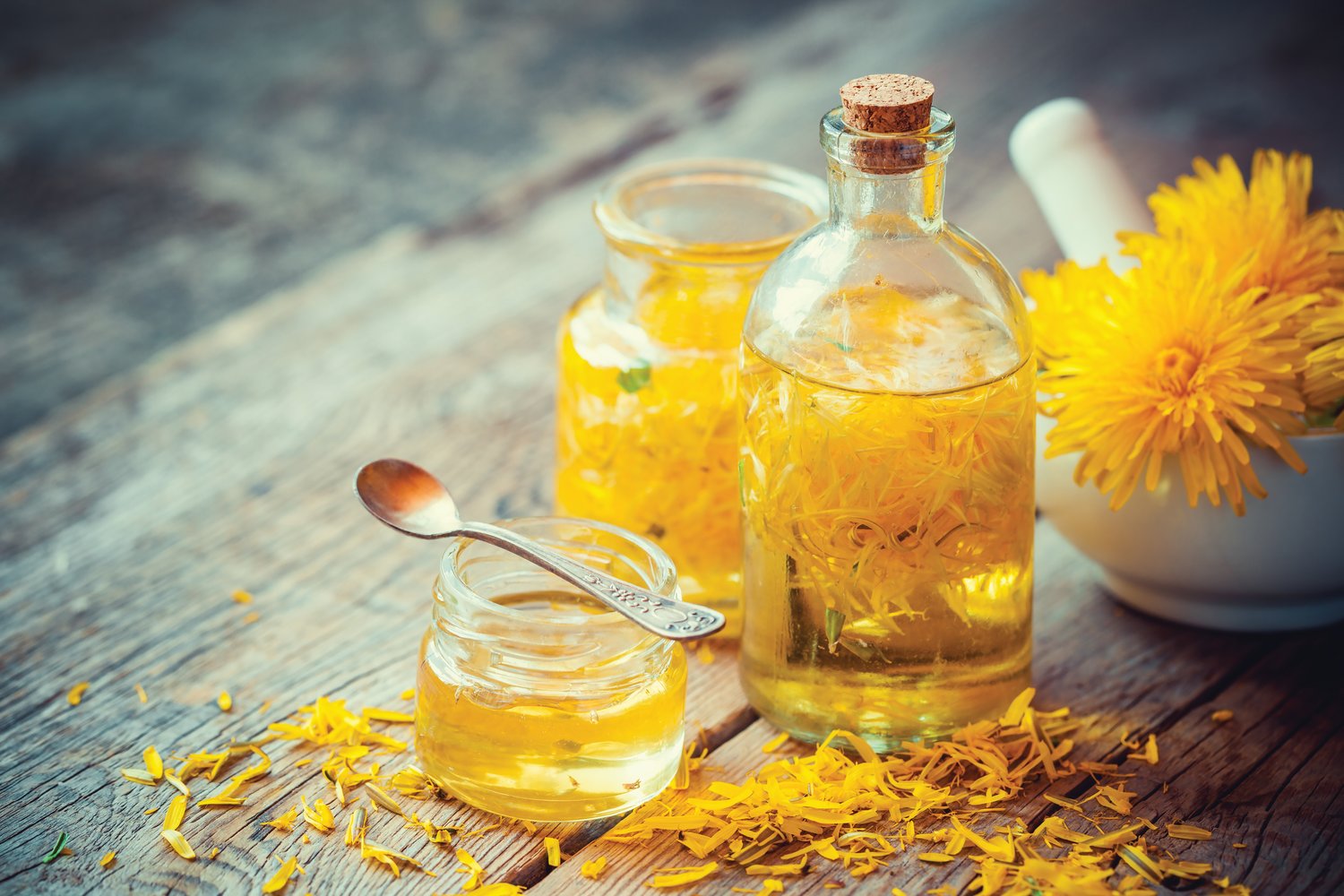Spring salads are here, and there’s a playground of possibilities for dressing up your greens. Making homemade salad dressing is a skill you’ll be thankful for every salad …
This item is available in full to subscribers.
We have recently launched a new and improved website. To continue reading, you will need to either log into your subscriber account, or purchase a new subscription.
If you had an active account on our previous website, then you have an account here. Simply reset your password to regain access to your account.
If you did not have an account on our previous website, but are a current print subscriber, click here to set up your website account.
Otherwise, click here to view your options for subscribing.
* Having trouble? Call our circulation department at 360-385-2900, or email our support.
Please log in to continue |
|

Spring salads are here, and there’s a playground of possibilities for dressing up your greens. Making homemade salad dressing is a skill you’ll be thankful for every salad forward.
The vinaigrette combines oil and an acid emulsified with the help of mustard. The traditional proportions are 1 part vinegar (or other acid such as lemon juice) to 3-4 parts oil. It’s important to taste as you combine because, for example, balsamic vinegar is sweet, so less oil is necessary, while lemon juice is more acidic and will need more oil.
1 clove minced garlic
¼ cup balsamic vinegar
1 tablespoon Dijon mustard.
Salt and freshly ground pepper to taste
¾ cup plus 1 tablespoon extra-virgin olive oil
I like to mix vinaigrettes in a food processor to create a creamy emulsion, but whisking or shaking in a jar works.
Oil and acid won’t combine by simply stirring them. If you’ve tried this, you’ll remember the disappointment.
Suspend the acid in the oil by first blending everything, except oil, together. Then add the oil, in a slow thin stream, while whisking, or with the food processor running.
Vinaigrettes made by machine will stay emulsified longer than a whisked or shaken one.
The variations are infinite as long as you remember the basic proportions. You can make countless dressings by adding ingredients like crumbled cheese, roasted garlic, capers, fresh ginger, herbs, chives, anchovies, citrus zest — or vary the flavor with different oils and acids.
For creamy dressings like blue cheese or ranch substitute buttermilk, yogurt, or sour cream for some of the vinegar.
Making my own dressings gives me the control to suit the salad to the sauce and balance it to the rest of the meal. I can also, importantly, have a say in the quality of the ingredients, especially the oils. My favorites are walnut, untoasted sesame, avocado and olive oil.
Making herb vinegar is fun. I have a jar of homemade dandelion vinegar on my counter right now; rich in minerals and bittersweet notes.
Take a quart jar and stuff it half full of dandelion flowers, leaves, stems, and roots.
Now, fill the jar with unfiltered apple cider vinegar.
Make sure you push the dandelions under the vinegar or they will mold. Put a cap on, label it with the date and contents and put it in a dark, cool place. Forget about it for 6 weeks or longer. Strain and use.
Try the same technique with a mix and match of other garden or foraged herbs like nettles, parsley, thyme, raspberry leaves, tarragon, chives, or chickweed.
The key element to making salad dressing is to jump in, practice, take risks, experiment, and find out for yourself how to be an aficionado.
Makes one cup.
My rendition of a popular Tassajara Dressing, which is great with cabbage and carrots or salad greens.
¼ cup rice vinegar
¼ cup white miso
1 teaspoon grated fresh ginger
1 teaspoon wasabi paste, powder or dry mustard
1 clove garlic minced
1 teaspoon toasted sesame oil
2/3 cup sesame oil
Puree all ingredients except the sesame oil in the food processor. With the machine running, add the oil in a slow thin stream. Taste and correct as you see fit.
(Sidonie Maroon is culinary educator at the Food Co-op; abluedotkitchen.com. Follow Sidonie on The Food Co-op’s Facebook group “Cooking with the Co-op.”)